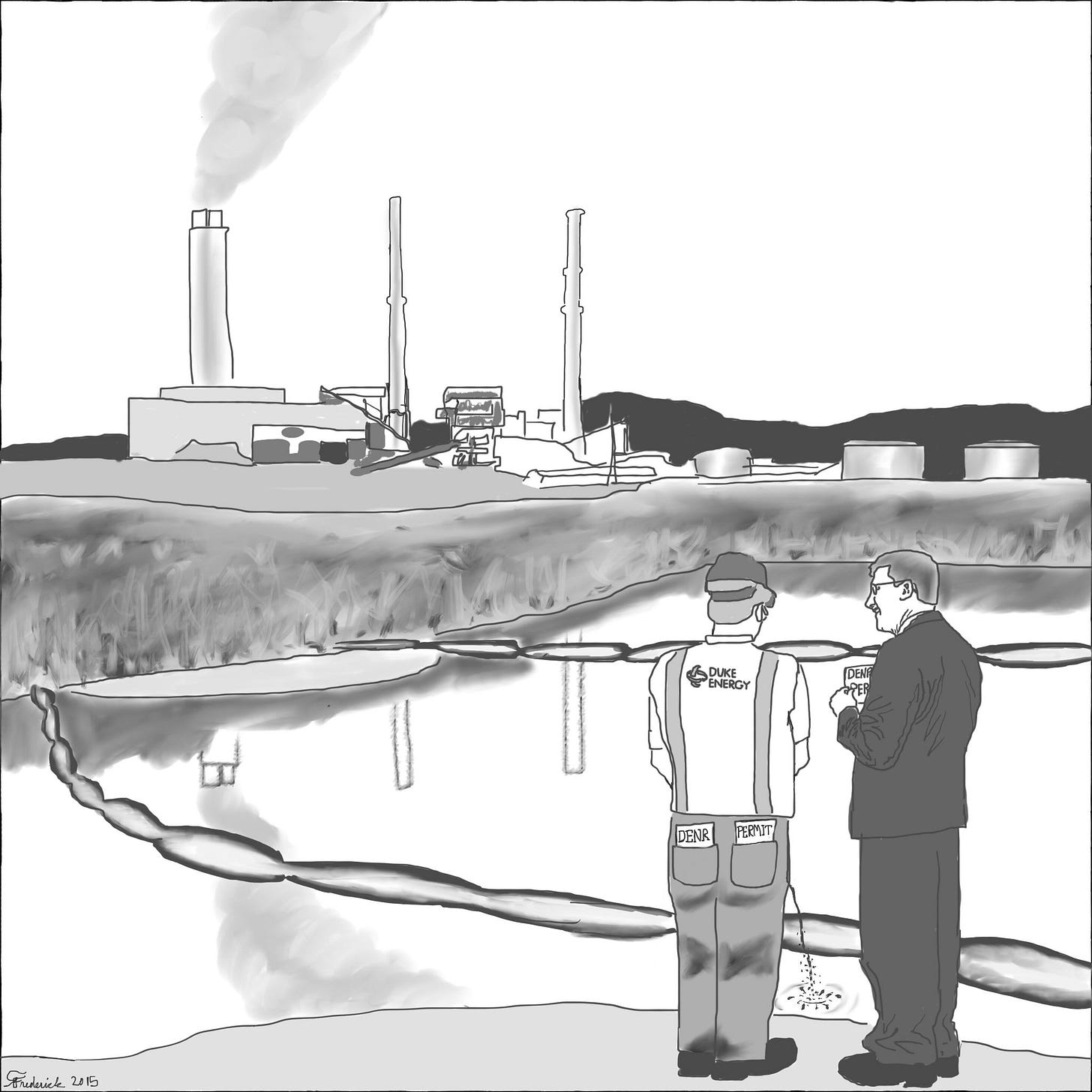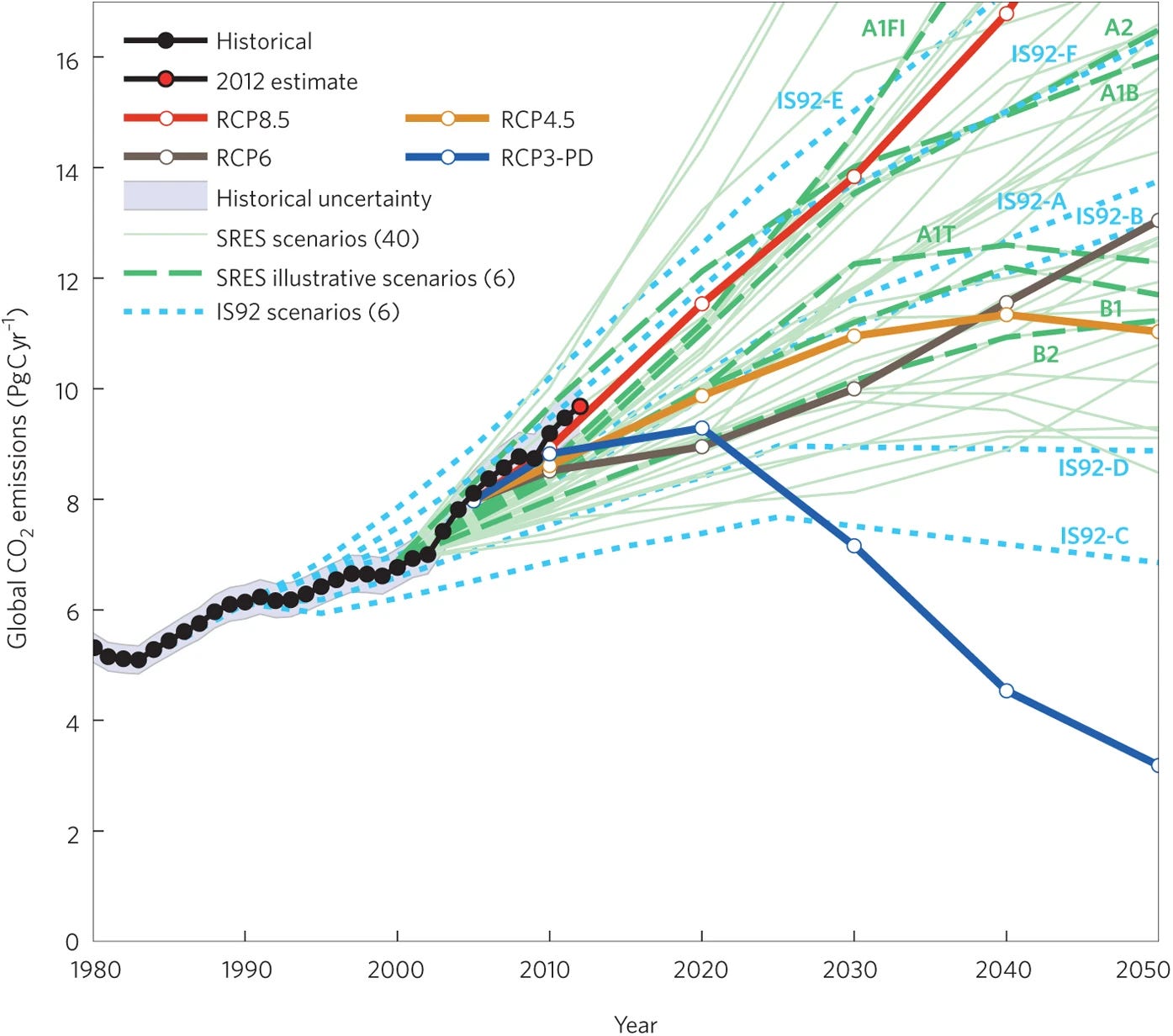Avoiding the Race to the Bottom
Sustainable practices are easier to implement when governments are on board, but there is plenty that businesses, market authorities, universities, institutions, and individuals can do themselves.
Today the European Parliament formally voted to give itself more time to negotiate changes to its sustainability laws. The vote was expected because some businesses in the European Union complained that they cannot compete with Chinese and U.S. rivals, especially given President Trump’s recent rollbacks of environmental regulations and new tariffs that drew sharp criticism yesterday from E.U. Commission President Ursula von der Leyen.
Although the delay will help those E.U. businesses that complained, it is an additional burden on the businesses already in compliance and could prompt them to abandon sustainability measures in order to cut costs and compete.
So a “race to the bottom” could soon be underway, in which even more businesses ignore sustainability regulations and more countries rollback environmental regulations.

Some countries could even attempt to legislate their way out of sustainability regulations: As reported previously on SustainLab, Senator Bill Hagerty (R-TN) introduced a bill last month to do just that. His bill keeps large U.S. companies deemed “integral to the national interests of the United States” from complying with the E.U.’s Corporate Sustainability Due Diligence Directive, no matter how it changes, no matter how long the delay is before it is fully implemented.
A race to the bottom in terms of sustainability practices could lead to the worst-case scenario in terms of climate change — the track the world appeared to be on in 2012 — represented by the red line labeled “RCP8.5” in the graph below, which is predicted to result in catastrophic disruption to ecosystems and human societies because of extreme heat, sea-level rise, and storm intensity.

RCP8.5 was never the most likely scenario, and certainly not the “business as usual” story it was made out to be. That’s because of policy commitments that were made to lowering greenhouse gas emissions. But even if the world’s governments give up on those policy commitments in a coming race to the bottom, there’s plenty that businesses, market authorities, universities, institutions, and consumers can do themselves.
Typically, of course, it’s governments that prevent a race to the bottom by setting and enforcing clear regulations that apply equally. Regarding sustainability initiatives, policymakers can also offset the additional costs of sustainability, whether by offering tax incentives, subsidies, and grants for investing in environmentally friendly technologies, renewable energy, and employing sustainable practices. But independent of governments, which have even enacted laws to try to prevent sustainability programs:
businesses can collaborate to establish industry-wide sustainability standards, supported by third-party certification programs and organizations such as the World Business Council for Sustainable Development to share best practices, including shifting from short-term profit models to long-term economic, environmental, and societal benefits;
market authorities can establish sustainability reporting standards for participation in stock exchanges, enabling investors to compare companies with one another;
universities and other institutions can tie funding of grants and research projects to sustainability practices;
individuals can continue to demand environmentally friendly products and services, including letting businesses know they are willing to pay more for sustainable practices.
Ideally, world leaders take the lead in thinking globally. But there’s no reason to wait before acting in your habitat, field, university, institution, or business and prevent a race to the bottom.
What sustainability practices or standards might improve sustainability in your habitat, field, university, institution, or business and prevent a “race to the bottom”?





An important call to action! Thank you.